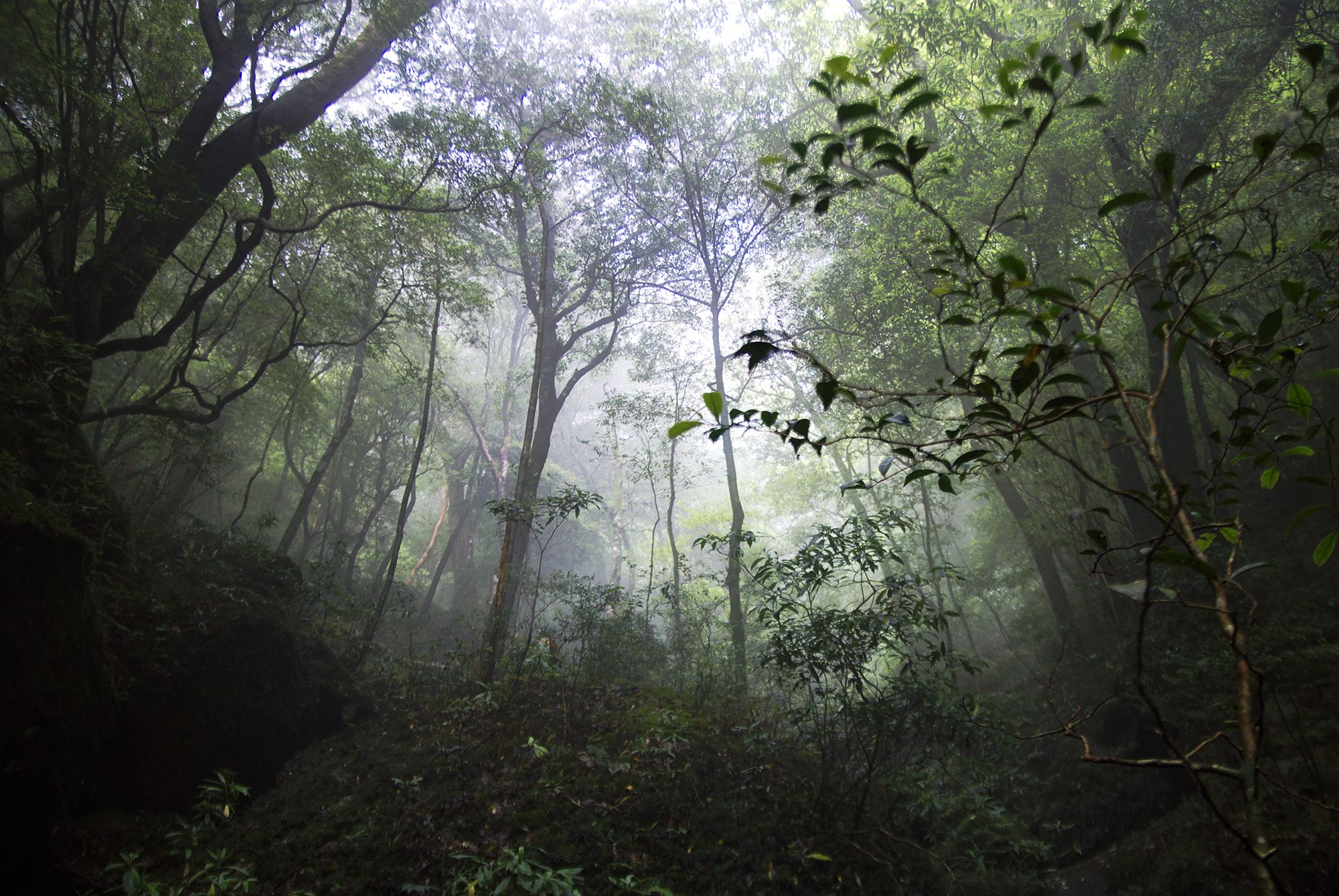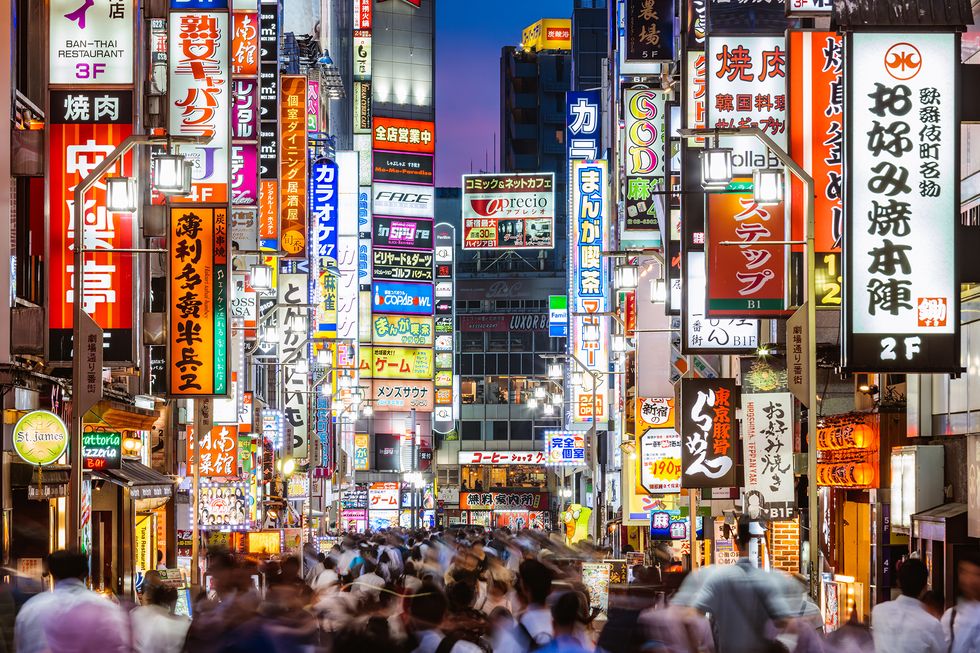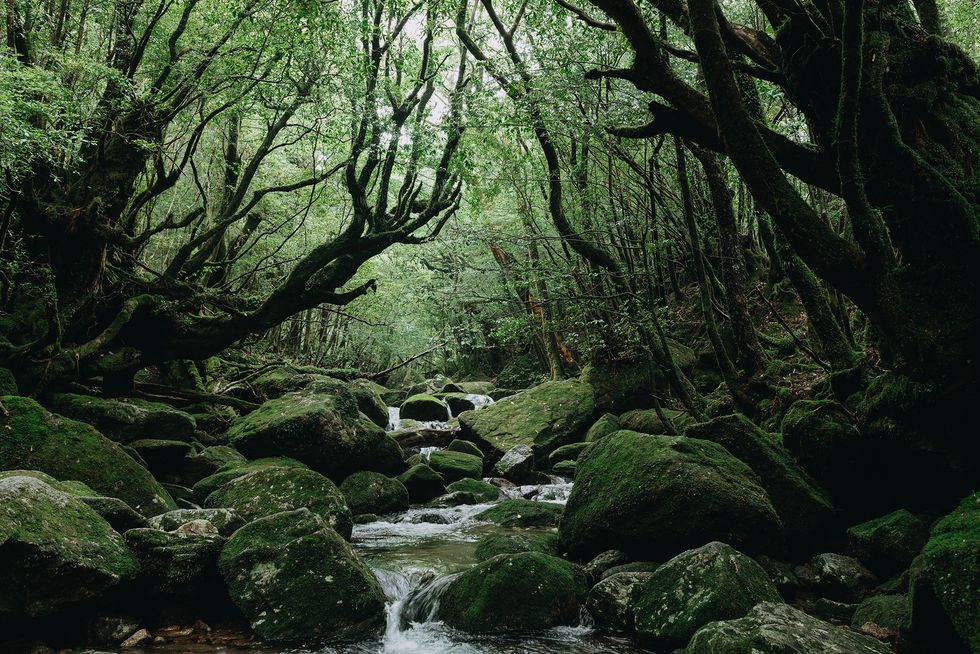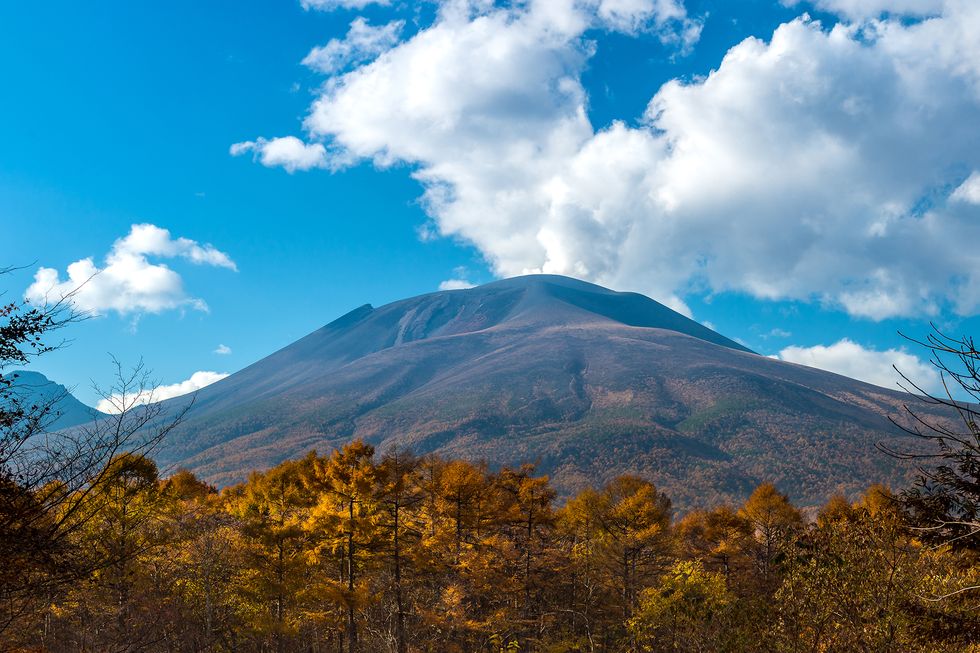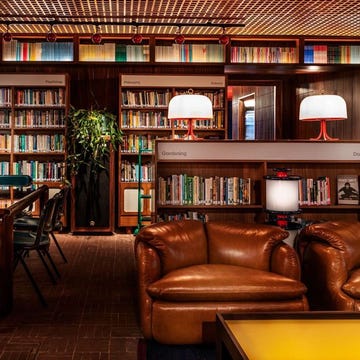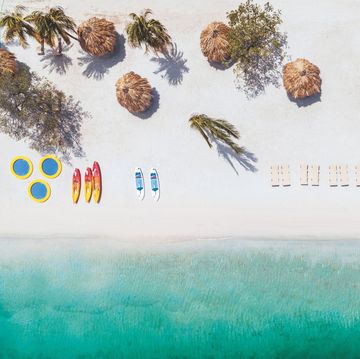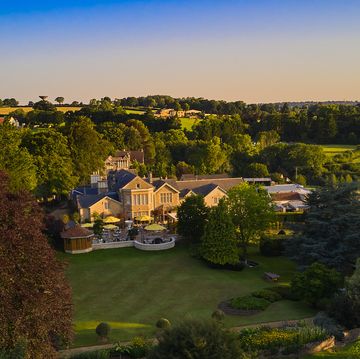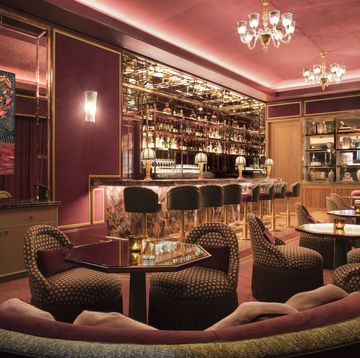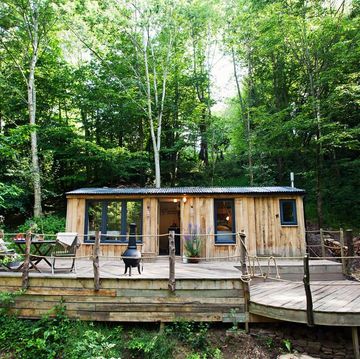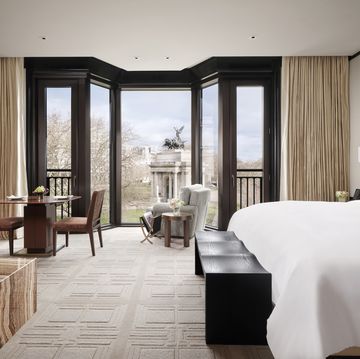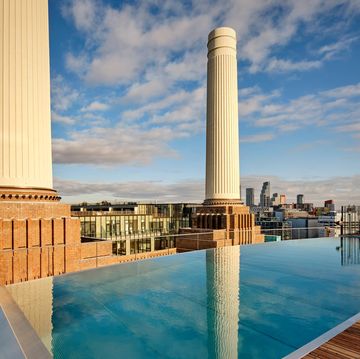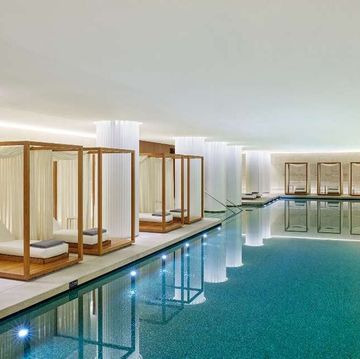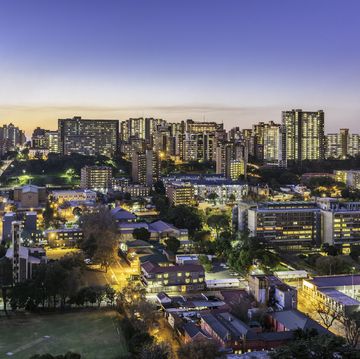Think of Japan and chances are you conjure the polite chaos of Tokyo, the teaming cross roads and back streets of Shibuya where the air is lightly steamed with the sighs of the sushi bars and the sky flickers with the neon of giant shopping centres.
Any why not? Tokyo stands alongside New York and Istanbul as one of the most instantly beguiling capital cities in the world. Newcomers tend to be infatuated within the hour. And with preparations for the Tokyo 2020 Olympics well under way, even more people from around the world are set to visit and put the city’s fabled public transport excellence, bafflingly high cleanliness levels and general openness to visitors to the test. Don’t bet for a second against Tokyo passing with flying colours.
There is, of course, a lot more to Japan than its capital, and it is those less well-trodden paths – with a particular focus on nature and wildlife – we’re preoccupied with here, as well as offering you a few tips for what to do if you’re choosing to spend a few days in the great metropolis first.
Tokyo
One of the world’s most densely populated cities, Toyko cannot be conquered in one short trip. Made up of many distinct districts, the best approach is to pick a handful that interest you and immerse yourself in each for half a day at least, whether that’s the traditional temples and artisans of Yanaka, the bottomless, bonkers arcades of Akihabara or just hitting the Cat Street area of Shibuya for arguably the best clothes shopping in the world. A professional guide will help - particularly when navigating a culture with so many unfamiliar customs - and luckily Tokyo boasts some of the world’s best. We recommend Inside Japan, which has a roster of English-speaking experts, as an excellent place to start (pro tip: guides are one of the only people in Japan it is customary to tip, so slip a couple of thousand Yen in a white envelope as a discreet thank you if you’re happy).
Hotel-wise, the Capitol Hotel is one of Tokyo’s many 5-star options that will give you real bang for your buck at the moment. Located in the relative tranquillity of Nagatacho, you can access the madness of Shibuya or Shinjuku as easily as the charming gardens of the Imperial Palace. The restaurant, Suiren, is a gem, offering a perfect introduction to Japanese fine dining with a traditional multi-course ‘Kaiseki’ of teppan-yaki, sushi and tempura.
Get outside and follow your instincts and it’s actually rather hard to eat badly in Tokyo. But one place we can’t get enough of is Kaikaya by the Sea, a raucous seafood joint that is mad as the ship’s cat but specialises in beautifully executed twists on Japanese seafood, depending on the whim of the chef. On our last visit we ate tuna shoulders cooked and presented like lamb chops (and just as satisfying), deep fried small fishes with scallion sauce and a melon king prawn that’s been swimming through our daydreams ever since.
For an even more rough and ready introduction to Japanese food, there’s always Shibuya’s standing sushi joint Uogashi Nihonichi. Here you can order extremely fresh fish made right in front of you for a fraction of the usual cost, washed down with outrageously salty miso, on-tap green tea or an ice cold beer. Or, if you really know what you’re doing, all three.
Yakushima
The 13,000 or so people who live on Yakushima, an island off the southern coast of the mainland, like to joke that it rains there 35 days a month. In other words: it’s wet. So why would you go? Well, by virtue of its high rainfall it also one the greenest and lushest parts of the country, with ancient, fog-shrouded forests that, unsurprisingly, are considered a holy land by the Japanese. Join the pilgrimage and you’ll find the largest nesting ground for loggerhead set turtles in the North Pacific, wide-eyed sika deers and families of indigenous red-bottom macaques playing by the roadside.
The real draw though, is the trees. Yakushima’s high altitude forests were designated a UNESCO World Heritage site in 1980. Take a trek up there and you’ll find cedars that are up to 3,000 years old - a humbling experience, particular when you look closely and see the branches of rival trees engaged in quiet, century-long battles for space in the sunlight, their roots and branches curling around and suffocating each other like snakes. Dramatic stuff - and the freshest air you’re likely to breathe in your life.
You’ll need a place to stay, though, and for that we’d recommend Sankara. Set into a hill overlooking the East China sea, it’s a hotel made up of spacious individual villas that are designed to maximise Yakushima’s potential for peace and quiet. There’s a glorious pool backed by a mountain and facing the sea (perfect fusui!), a brilliant spa and two excellent restaurants, including the French-influenced Okas which has a beautiful open kitchen reminiscent of the best Kaiseki spots in Tokyo. The staff, too, are a delight – you won’t find a better guide to the forest than Sankara’s activities manager.
Karuizawa
Alternatively, a comfy, hour-long bullet train north out of Tokyo is the small mountain town of Karuizawa. Situated at the foot of an active volcano, Mount Asama, the region’s sloping hills have seen it turned into one of Japan’s leading ski destinations in recent years, but it's also an incredible hiking area.
Even more are the bears. Specifically: Asian black bears. In the surrounding woods these impressive beasts roam, venturing out only to occasionally try and rifle through the bins (no luck: they’re bear-proof). This delicate cohabitation between man and beast is managed by the team at Picchio, an award-winning local wildlife research centre tasked with tracking and taking care of them (from a distance). Visitors hoping to catch a glimpse of Japan’s bear life can do so under Picchio’s careful guidance, or if they prefer, track down deer, monkeys or flying squirrels that only come at night.
Where to stay between tours? Picchio is based next to a hotel called Hoshinoya– one of the jewels in Japan’s luxury travel crown. Here you’ll stay in one of the sprawling complex of traditional ryokans that are build around the Yukawa River, the ever babbling backdrop to your stay. It is also the site of two natural hot springs, where guests are encouraged to bath (sans clothes – just a heads up, Brits). Hoshinoya also boasts a restaurant serving an imaginative menu of fine Japanese dishes, including sashimi, steamed vegetables and a whole roasted onion that is far more delicious than it might sound. Let the staff guide you through. Then get back out there for some more bear spotting.
British Airways run Club World flights from London to Tokyo in just 11 hours and 40 minutes.
